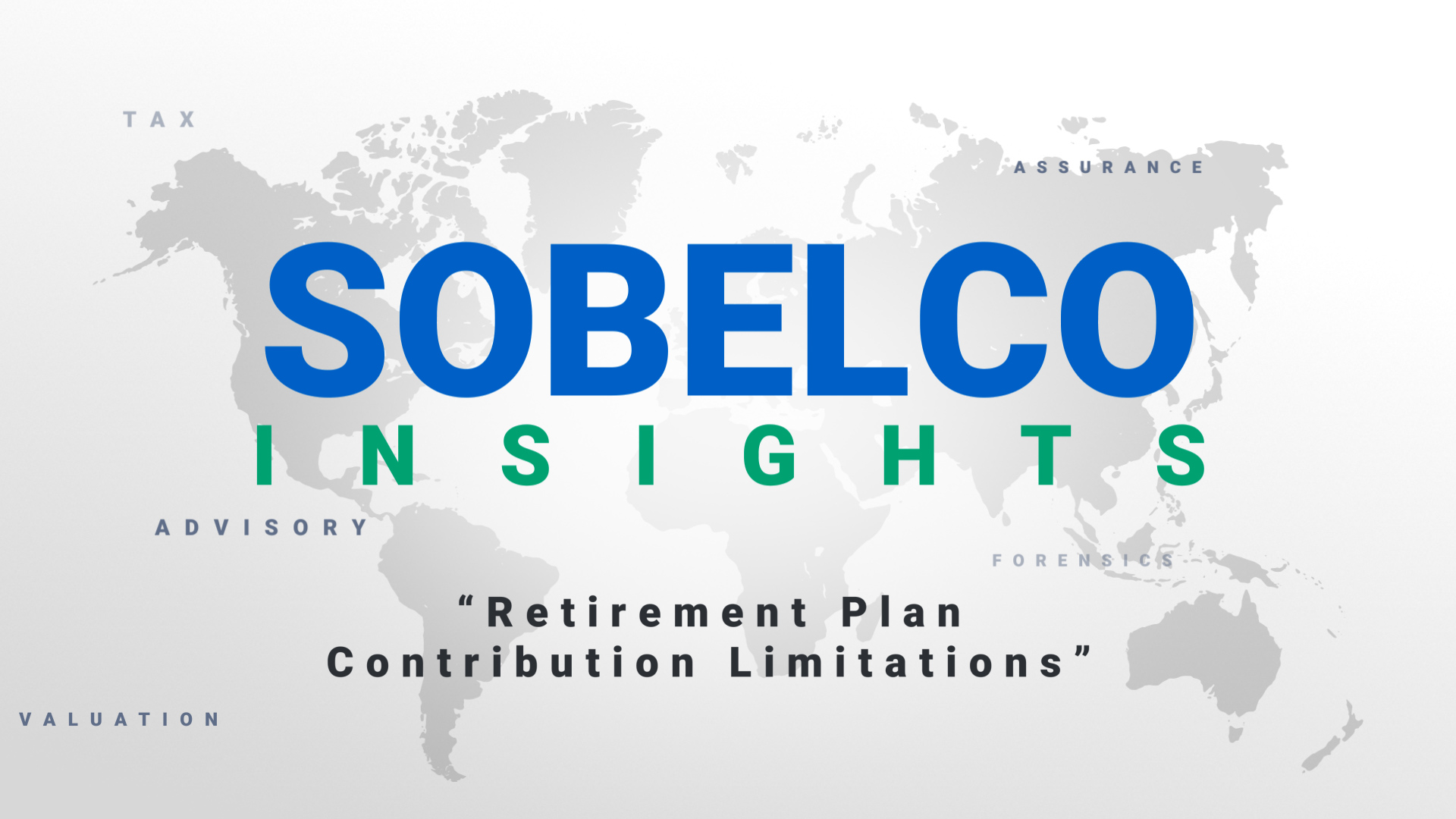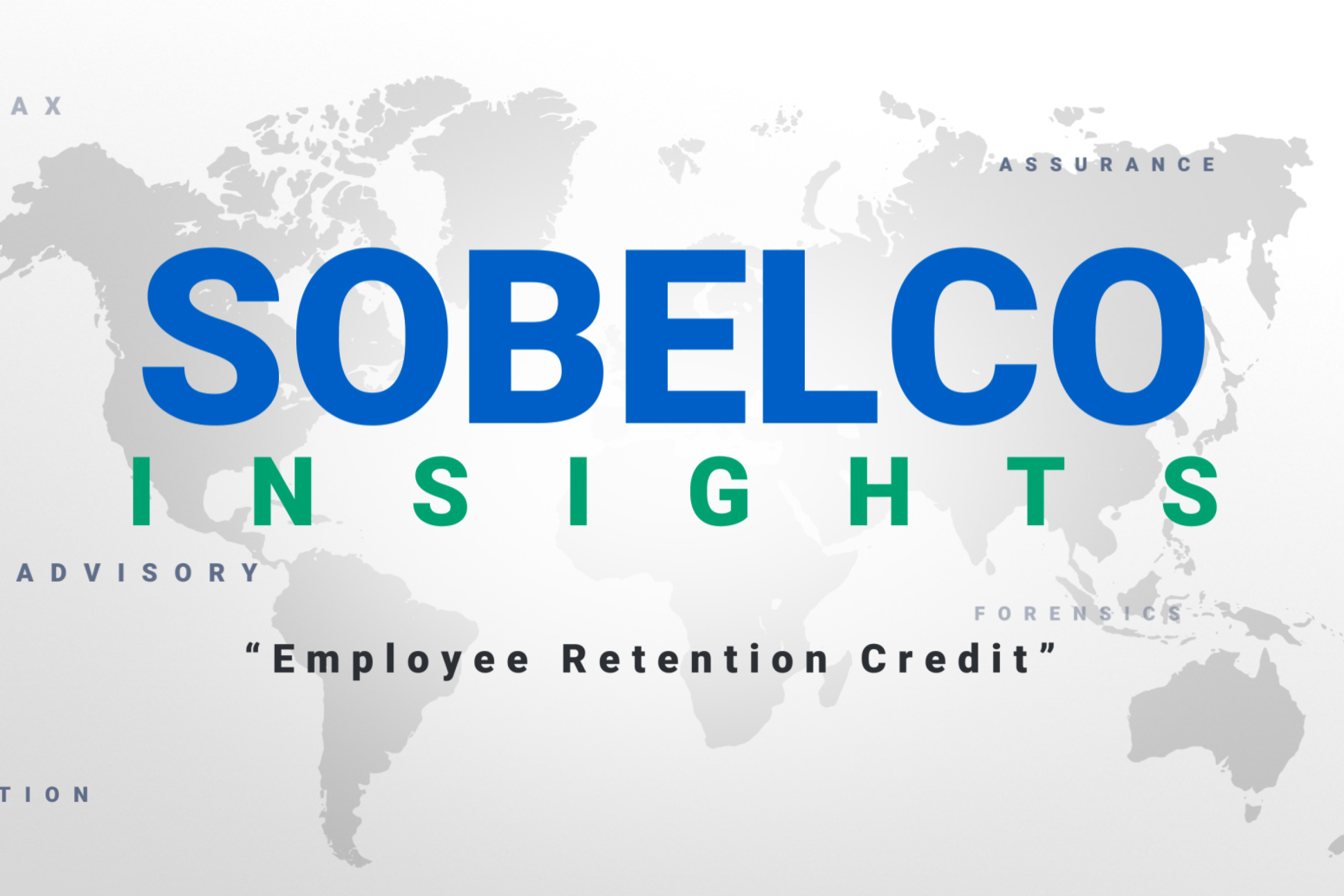
The June 11 SobelCo webinar featured Dr. Eric Handler from St. Barnabas Medical Center, Justine Abrams, Esq. at Genova Burns, Tina Honthy from SJP Properties, and Brad Muniz, SobelCo. These professionals shared ideas and practical suggestions regarding how to manage an organization’s return-to-work from three different perspectives.
While concentrating on helping the audience understand how to make safe, smart decisions, the panelists approached the health/medical aspects along with addressing legal issues and ideas on how to create appropriate facilities for employees as offices and businesses re-open in the weeks ahead.
Because you can return to work doesn’t necessarily mean you should return to work.
Recognizing that human beings have a strong need for social contact, returning to work has great appeal. However, business owners and senior leaders should have a plan in place that provides employees with a sense of comfort and security before the rush to the office gets underway.
There are a wide range of options that will be applicable under different circumstances.
These can include:
- Re-entry in phases
- Alternating teams of employees
- Increasing the space between cubicles
- Adding plexi-glass shields or other barriers between cubicles
- Extending the height of the cubicle walls
Having appropriate signage is also critical. Signs should indicate:
- The direction of people flow
- Sites for ingress and egress
- Hygienic protocol
Reminders should be posted regarding:
- Wearing masks
- Cleaning off the work space including phone and headset, key boards and mouse each night,
- Changes in elevator occupancy
- The presence of disinfection stations
These steps are all taken to protect the employees, but the reality is that some of the best advice is for everyone to maintain the regulation distance of six or more feet from each other, wear a face mask in all public areas and continuously engage in hand washing.
The virus is easily broken down by soap and water, so after coming in contact with high touch points like door handles, elevator buttons, light switches, or bathroom and kitchen areas, the most essential step is to wash your hands. (Reminder – do not sneeze or cough into your hands! Use your inner elbow to stay safe from spreading the droplets through touch). Since the virus cannot permeate the skin, if you keep your hands off your face, it cannot enter your body. Infection takes place through mouth, nose or eyes – so avoiding touching those vulnerable spots can stop the spread.
Along with other challenges, the panelist emphasized how to interact with employees over legal issues.
As the panelists tackled different topics over this one hour session, one thing became very obvious: COVID-19 presents complications on many levels. The health component is complicated by false positive tests, by victims who are contagious but A-symptomatic, by lack of any vaccine or method of treatment; the economic complications are global – as all countries struggle under the weight of staggering unemployment and business closures; and the human resource/employment law area is equally as complex and confusing.
At the tip of the iceberg are common concerns such as:
- Dealing with employees with disabilities
- Staggering shifts to alleviate traveling during more crowded time periods
- Offering ride share options or paying for parking and tolls
- Allowing employees to arrive later and remain later if necessary
Here are a few rule of thumb suggestions regarding employment issues:
For starters, to avoid future challenges to hiring and firing decisions, an employee’s supervisor should not be the one administering any medical tests (such as temperature taking) that are being required before returning to work. Supervisors should not have access to the employee’s medical records and as such, a representative from the Human Resource department would be better suited for this role.
Secondly, it was also cautioned that the antibodies test results are not dependable for the work environment and should not be used to determine when someone can return to work after testing positive.
Thirdly, if an employee does test positive, the employee’s name should never be released and employees should be encouraged to respect each other’s privacy. All employees should be notified where the person’s work area is located and that it has been deep cleaned. They should also be informed that those who came in close contact with the employee two days before the symptoms manifest themselves, or two days before the employee tested positive, have been personally alerted and sent home. Beware: everyone’s confidentiality should always be maintained – along with a safety-first attitude!
To minimize the company’s legal vulnerability, consider these steps:
- Have an air tight policy written in conjunction with your lawyer and HR professionals
- Implement thoughtful safety precautions
- Give ample notice to all employees regarding any issues, most especially if a fellow worker is diagnosed as positive with the virus
- Provide as much education as possible for your employees regarding the virus, its characteristics, and the best way to combat contagion and spread
- Do more than just talk about your procedures – enforce your policies
If you would like to listen to the webinar in its entirety, click here to download the file.


